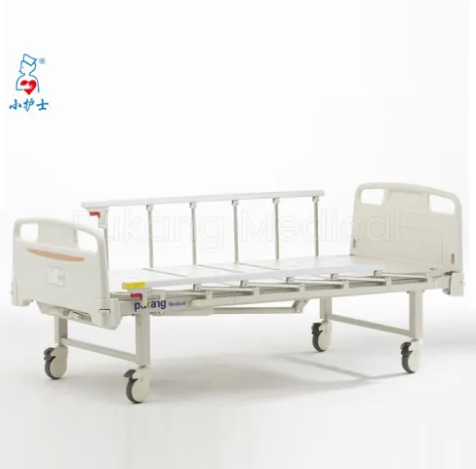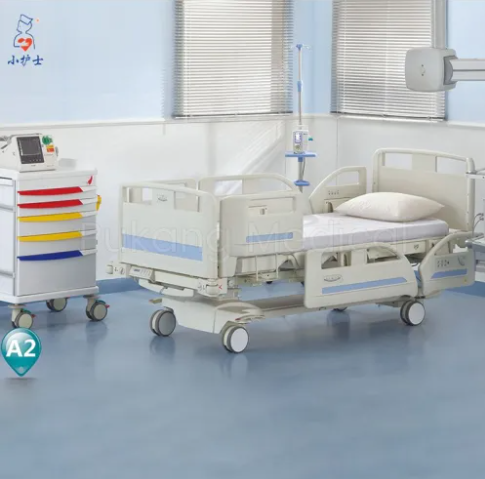Manual vs. Electric Hospital Beds: Navigating the Options for Patient Comfort and Care
When it comes to ensuring the comfort and care of patients, selecting the right type of hospital beds is crucial. The two primary options available are Manual Hospital Beds and Electric hospital beds. Each type has its distinct advantages and practical applications, making it essential for healthcare providers and caregivers to understand their features.
Manual hospital beds are designed for straightforward operation, requiring caregivers to physically adjust the bed using hand cranks. This type of bed is often favored for its simplicity and cost-effectiveness.  However, it also requires physical effort, which may not be suitable for all caregivers, especially in high-demand environments.
However, it also requires physical effort, which may not be suitable for all caregivers, especially in high-demand environments.
On the other hand, electric hospital beds provide a higher level of convenience and functionality. With the use of an electric motor, caregivers can easily make adjustments to the bed's position at the touch of a button. This feature not only enhances patient comfort but also reduces strain on caregivers.  For many healthcare settings, the investment in electric solutions can lead to increased efficiency and better patient outcomes.
For many healthcare settings, the investment in electric solutions can lead to increased efficiency and better patient outcomes.
When selecting between manual and electric beds, several factors come into play. Firstly, evaluate the specific needs of the patient—those requiring frequent position changes may benefit more from electric beds. Additionally, assess the caregiver's comfort and ability to operate the bed effectively. The setting, whether a hospital, nursing home, or home care environment, also plays a significant role in this decision-making process.
The choice between Manual Hospital Beds and Electric hospital beds hinges on a combination of patient needs, caregiver capabilities, and specific healthcare settings. By understanding the features and benefits of each option, caregivers can make informed decisions that promote optimal patient comfort and care.
Next
None
Comments
Please Join Us to post.
0